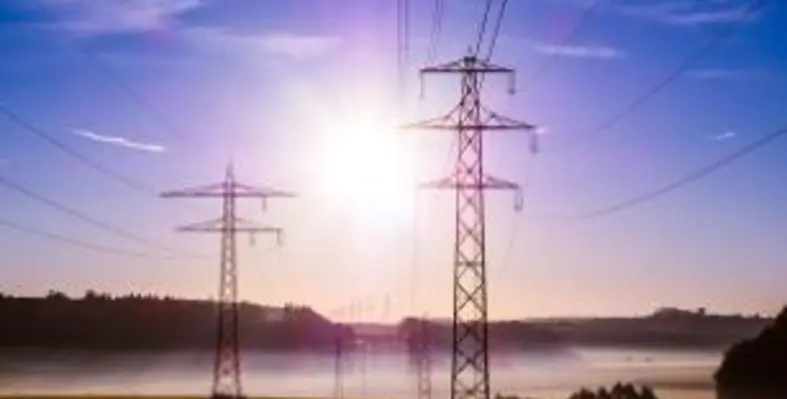Global energy demand grew by 2.3 per cent in 2018, with natural gas accounting for 45 per cent of the rise in energy consumption, according to the International Energy Agency’s (IEA) Global Energy & CO2 Status Report
The report provides a high-level and up-to-date view of energy markets including latest available data for oil, natural gas, coal, wind, solar, nuclear power, electricity, and energy efficiency.
According to IEA, demand for all fuels increased, with fossil fuels meeting around 70 per cent of the growth for the second year running. The report has further identified that the global energy-related CO2 emissions rose by 1.7 per cent to 33 gigatonnes in 2018.
The global electricity demand grew by four per cent in 2018, thus pushing electricity towards a 20 per cent share in total final consumption of energy. Increasing power generation was responsible for half of the growth in primary energy demand.
Together, China, the USA and India accounted for about 70 per cent of the rise in energy demand around the world. The USA saw the largest increase in oil and gas demand worldwide. The gas consumption jumped 10 per cent from the previous year, the fastest increase since the beginning of IEA records in 1971. The annual increase in US demand in 2018 was equivalent to the UK's current gas consumption.
Renewables
Renewables were a major contributor to this power generation expansion, accounting for about half of electricity demand growth. Solar and wind generation grew at a double-digit pace, with solar alone increasing by 31 per cent.
China remains the leader in renewables, both for wind and solar, followed by Europe and the USA.
“Despite major growth in renewables, global emissions are still rising, demonstrating once again that more urgent action is needed on all fronts — developing all clean energy solutions, curbing emissions and spurring investments and innovation including in carbon capture, utilisation and storage,” said Dr Fatih Birol, executive director at IEA.
Gas
Global gas demand expanded at its fastest rate since 2010, with year-on-year growth of 4.6 per cent, driven by higher demand and substitution from coal. Demand growth was led by the USA. In China, it increased by almost 18 per cent.
Oil
Oil demand grew 1.3 per cent worldwide, with the USA leading the global increase for the first time in 20 years due to a strong expansion in petrochemicals, rising industrial production and trucking services.
Coal
Coal use in power generation surpassed 10 gigatonnes, accounting for a third of the total increase. The majority of coal-fired generation capacity is found in Asia, said IEA.
Global coal consumption rose 0.7 per cent, with increases seen in Asia, particularly in China, India and a few countries in South and Southeast Asia. Nuclear grew by 3.3 per cent in 2018, mainly as a result of new capacity in China and the restart of four reactors in Japan reaching pre-Fukushima production levels. Worldwide, nuclear plants met nine per cent of the increase in electricity demand.






